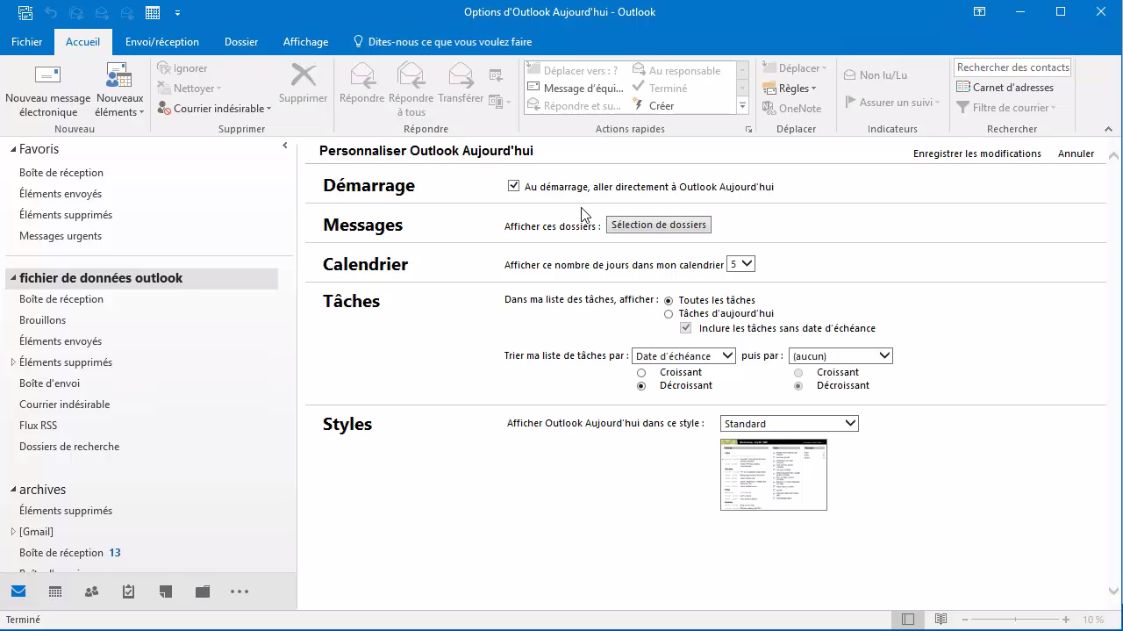Just login to work accounts in Chrome, and personal accounts in Safari, and switch browsers when you need to switch accounts. Or, if you need multiple accounts on mobile, switching browsers works there, too. Install Chrome, Firefox, or any other browser on your phone, then login to the most important accounts on your default browser and use one of the other browser apps for other accounts.
- Switch Between User Accounts In Outlook For Mac 2016 Open
- Switch Between User Accounts In Outlook For Mac 2016 Support
With different user profiles (persons) in Chrome, you can quickly switch between office 365 accounts, or keep both open at the same time in separate windows. Check this out for a. Allow user to switch between 2 different email account. By clicking top right corner where my name is, it should allow me to click to another email. With both email signed in at the same time.
The first account will be listed on the left side, click on + to add a new account and then fill out the information that will take advantage of autodiscover to configure everything automatically for you (in the example below, my account is in Office365) That’s it, you can close all windows and you will have access to both mailboxes on your Outlook for Mac. End-user experience The first item that the end-user must be aware is the From: option when sending e-mails, since there are two accounts the user can chose which account will be sending the message.
In the office, you correspond with colleagues using an email connected to your company's website URL. When at home, you keep in touch with comrades using an @gmail.com address. But what about those times in the your office when you want to check your personal inbox while still staying logged into your work software? You likely pull out your phone, click on a mail app and review the latest messages. There are simpler ways. You can check your personal email account, and still stay connected to work accounts on the same computer. Text editor on mac for shell linux. No logging out of your company email inbox or navigating away from the current pages in your browser.
Switch Between User Accounts In Outlook For Mac 2016 Open
It does this based on what you’ve done with similar messages in the past. Outlook 2016 contains new Move to Clutter and Move to Inbox commands in the Move menu on the Ribbon and in the right click menu to help train the Clutter feature. Clutter command in the Move menu. For more about the Clutter feature, also see: • • Exchange level search When you are using an Exchange account in Outlook (either hosted on premises or on Office 365), searches are now being performed against the Search Index of Exchange instead of the local Windows Search Index.
Skip Manual Sign-in Forever It wasn't that long ago that email accounts were a rare commodity, and you only had a handful of passwords to remember. Today, though, most of us need to juggle multiple accounts each day—not to mention those old accounts you may need to check every now and then. Between multiple account login, new profiles, third-party apps, and automations, it's not that difficult to use all of your app accounts at once. You might even need to use several different tricks to handle all of your accounts—that's fine. Just take a few minutes to set everything up, and you'll never have to log out of an account to check another account again.
Switch Between User Accounts In Outlook For Mac 2016 Support

This is actually part of the Office 365 strategy where major new features are also introduced during the main lifetime of the current version, as we saw with Office 2013. In the old strategy, these features were held back for the new version. Office 2016 will get the same treatment so future updates can introduce new features as well. Until then, there are still plenty of new features in Outlook 2016 to use and discover. • • • • • • • • • • • • • • • • • • Tip! As Outlook 2016 is so similar to Outlook 2013, when you are upgrading from Outlook 2010 or previous, I’d recommend reading as well. Major new features released during Outlook 2013 As mentioned, during the main lifespan of Outlook 2013, various new features and changes have been introduced as well.